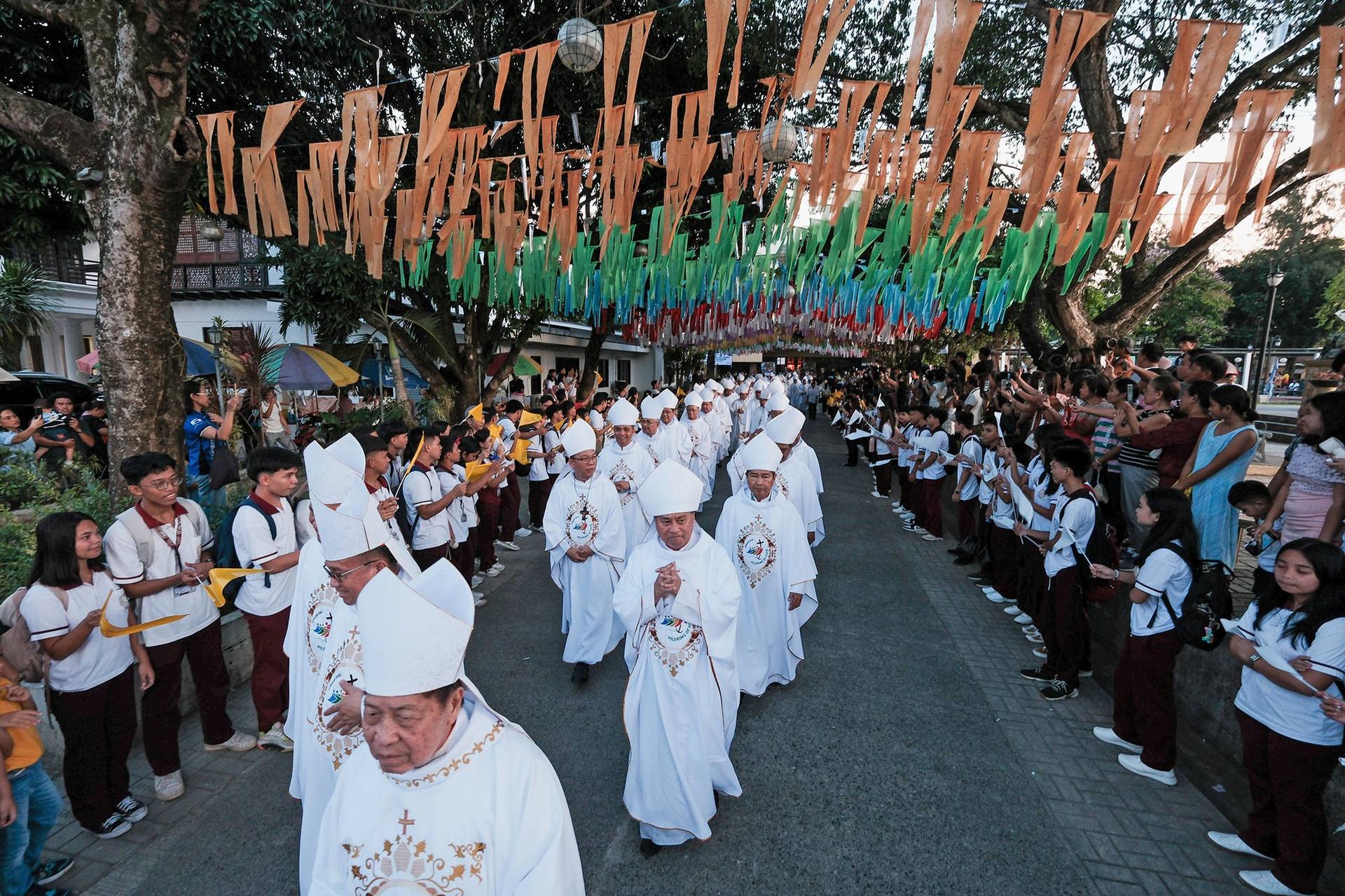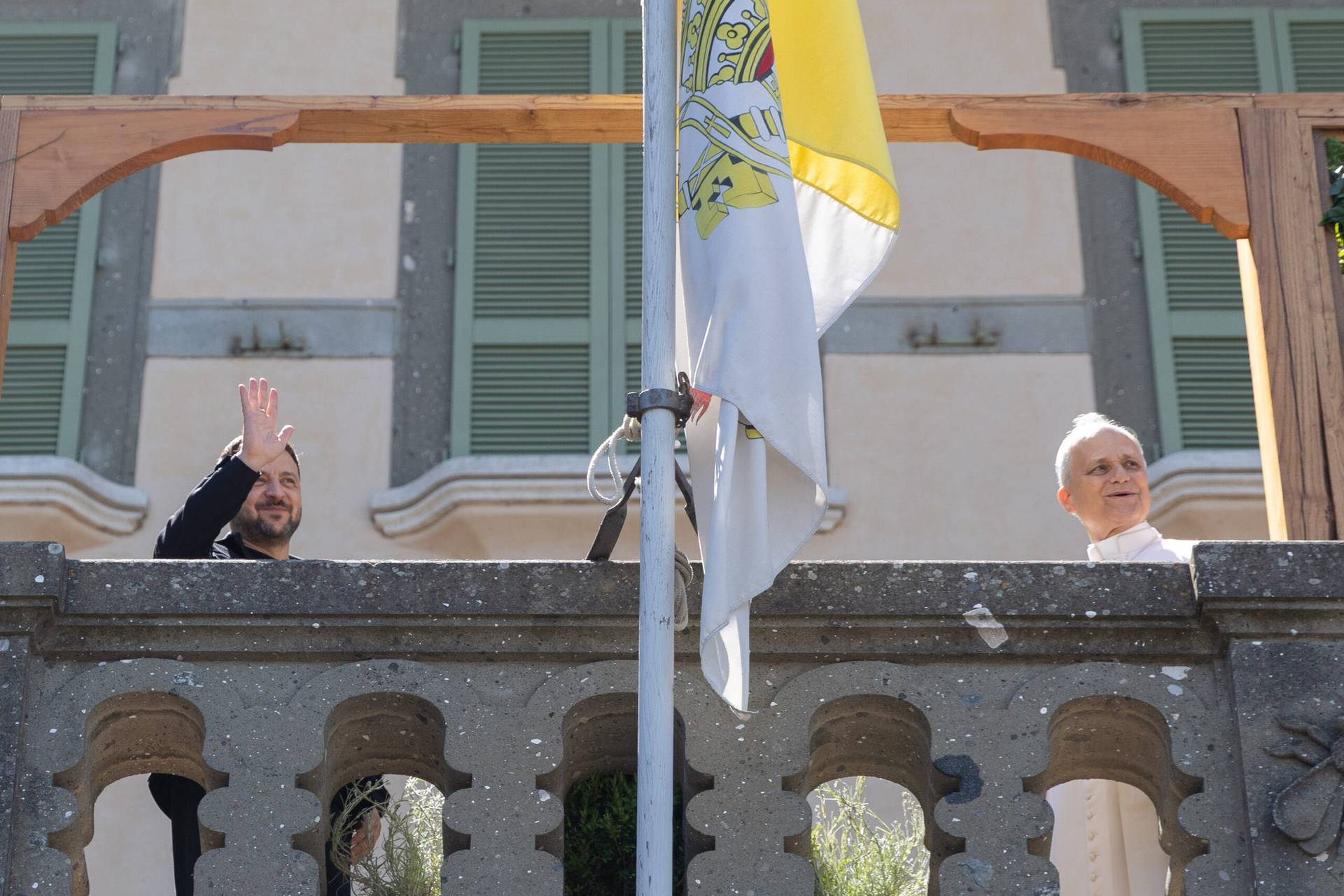ROME – As the Vatican delegation prepares to arrive at a UN global summit on migration set to take place in Morocco this week, one of Rome’s major players on the UN scene told Crux the proposed agreement is basically good news for the Church’s concerns even if certain “tensions” remain.
Slovenian Archbishop Ivan Jurkovič, Apostolic Nuncio and Permanent Observer of the Holy See to the United Nations in Geneva, wrote in a Dec. 9 email that many of the points presented by the Holy See “have been positively reflected in the text” of the Global compact, which will be up for approval at the summit.
State representatives will convene in Marrakesh, Morocco, for the Dec. 10-11 United Nations Intergovernmental Conference to Adopt the Global Compact for Safe, Orderly and Regular Migration, which was conceived during a meeting of the U.N. General Assembly in September 2016.
The Holy See has been contributing to the development of these compacts for two years, submitting a total of twenty detailed suggestions for the treatment, welcoming and integration of refugees and immigrants.
Still, according to Jurkovič, there are also some remaining “reservations” about the final document, especially concerning “certain terminology and principles” in terms of sexual and reproductive services.
Global controversy surrounding the summit arose when several countries, including the United States and Italy, decided to withdraw, leaving doubts as to the meaningfulness of the agreement. But Jurkovič underlined that the 2016 New York Declaration, which all countries signed, still represents an important point of reference even for countries that won’t attend this summit.
Echoing the position of the Vatican’s top diplomat, Italian Cardinal Pietro Parolin, who will be part of the delegation in Morocco, Jurkovič stressed cooperation among states on immigration, which he described as the “litmus test of solidarity for the family of nations.”
Finally, the envoy criticized an “often-distorted” narrative surrounding immigration, calling out the media for “cherry-picking” information that “perpetuates sensationalism and negative stereotypes.”
Following are excerpts from the Crux interview with Jurkovič.
Crux: What can be expected from the Migration Compact approval summit in Morocco? Will the Catholic Church’s point of view be visible after two years of contributions and collaboration?

Jurkovič: As the international community moves towards the adoption of the Global Compact on Migration, it’s important to return to the spirit and the letter of the New York Declaration of 19 September 2016, which set the whole process in motion, and to ground responsibility for the shared global management of international migration in the values of justice, solidarity and compassion.
In this regard, it is the hope of many that the Global Compact will represent a solid reference and starting point for states to shift from a reactive approach to a more predictable, coordinated, and manageable response to the human reality of migration.
From the point of view of the Catholic Church, several of the principles and proposals laid out by the Holy See throughout the two years of discussions and negotiations, including in the document “Twenty Points for Migrants and Refugees” offered by the Holy See’s Migrants and Refugees Section, have been positively reflected in the text.
Indeed, the Global Compact seems to offer a perspective that is firmly centered on the human person and his/her dignity.
There are several positive elements in the text of the Global Compact. Just to cite a few: the recognition that migration is a natural, positive phenomenon and contributes to development when it is voluntary, safe, orderly, regular and well-managed; the principle of shared responsibility; the importance of the role of the family and the protection of children; the acknowledgment that integration is a two-way process etc…
It’s important to highlight that the engagement of the Holy See in the Global Compact consultation and negotiations represents only a portion of the activity of the Catholic Church in favor of migrants. The four verbs suggested by Pope Francis to welcome, to promote, to protect and to integrate are firmly rooted in the Social Doctrine of the Church and ultimately find their origin in the Gospel!
At the same time, while welcoming the Global Compact, there are also some strong reservations, in particular with regards to certain terminology and principles which are not in line with the Social Teaching of the Church, in particular with regards to sexual and reproductive health services.
Some countries have backed out of the summit, including Italy and the United States. What does this mean for migration policies, especially in the West?
The Holy See has always maintained that in order to be fruitful in the long term, international cooperation in the area of migration must consider the interests of all legitimate actors, so that all stakeholders are involved in finding the best solutions and systems.
In this regard, it’s important to stress that most international migration occurs legally. Notwithstanding the complexities that come with migration, the perceived challenges of today must not obscure the opportunities and contributions offered by migrants.
As Cardinal Pietro Parolin, Secretary of State of the Holy See, who will be leading the Holy See Delegation in Marrakesh, recently stated, it’s also from this perspective that the Holy See tries to help understand and deal with this complex phenomenon.
‘Only on the basis of a mutual understanding may one propose a lasting response to today’s human mobility, sustainable for migrants and refugees, as for all the countries concerned,’ Cardinal Parolin said.
It’s also worth noting that, while some states decided not to take part in the adoption of the Global Compact, they signed up to the New York Declaration and in principle are committed to it. Moreover, some states are actually implementing migration policies that partly overlap and reflect the content of the Global Compact.
After all, migrants represent the human face of the process of globalization. They come with courage, hope and resilience; they can serve as instruments of peaceful relations among countries thus demonstrating the truth that we are one human family. It is important that we never lose sight of this human face of migration.
Most of those in an irregular migratory situation live a grim everyday reality. They find themselves ignored and neglected, gripped by constant fear of expulsion or deportation. Out of desperation, they are compelled to accept dangerous work conditions, and often end up being exploited and abused.
It is true that with migration come several complexities, above all the process of integration, which is an ongoing challenge, including for the Church. There can be no successful and sustainable migration policy without a simultaneous, comprehensive, and mutual-enriching integration strategy centered on the human person as the subject who is primarily responsible for development.
As Pope Francis repeatedly said, integration is a two-way process, based on mutual knowledge and reciprocal openness. In this regard, integration cannot be mere assimilation that leads migrants or host societies to suppress or to surrender their own cultural identity. This would only lead to social exclusion and disharmony. At the same time, however, it is important that migrants know and respect the laws, the culture and the traditions of the countries that welcome them, in a true spirit of encounter.
The Vatican’s agenda on migration can seem revolutionary, considering that many countries are closing their borders. Some believe the Catholic Church has gone too far. What’s your opinion?
As I mentioned before, the engagement of the Catholic Church ultimately finds its origin in the Gospel and in the social teachings, developed through the centuries. The experience of the Church on migration, through its various institutions such as ICMC and Caritas, actually predates the efforts of the international community.
The Holy See has repeatedly stressed the conviction that, before the divisions of borders, we are one human family and it has called for a greater humanization of the global movement of people. While the Church’s commitment to accompany people on the move is unwavering, it’s also true that it will be up to the sovereign states to implement the content of the Global Compact.
The Holy See will continue to encourage, inspire, and assist in a way best described by Pope Francis in his message for the 2018 World Day of Peace, where he said that “practicing the virtue of prudence, government leaders should take practical measures to welcome, promote, protect, integrate and, within the limits allowed by a correct understanding of the common good, to permit them to become part of a new society.”
It is important to highlight that the Vatican has always maintained that before the right to migrate, there is a prior right to “remain”, that is, to find integral human development in the country of origin.
What’s required is the promotion of the integral human development of migrants, which, as Pope Francis suggested, “begins with their communities of origin. That is where promotion should be guaranteed, joined to the right of being able to emigrate, as well as the right to not be constrained to emigrate, namely the right to find in one’s own homeland the conditions necessary for living a dignified life.”
No person with the possibility of living with dignity in his or her home country would feel compelled to flee it irregularly. States must cooperate to create fair and decent social conditions in the countries of origin, thus making migration a choice and not a forced necessity. This will require tremendous resources and several years, a true litmus test of solidarity for the family of nations, rooted in the common origin and shared destiny of the human family. These investments will be investments in humanity and in the future of our ‘common home.’
Where do you see the main obstacles in promoting the Vatican’s and Pope Francis’s view of migration around the globe?
It’s more urgent than ever to move beyond mere statistics and to acknowledge that each migrant has a name, a face, and a story, as well as an inalienable right to live in peace and to aspire to happiness. One of the main obstacles lies in the narrative surrounding the migration debate, which is often distorted. The prominence of migration as a public policy issue and newsworthy topic has perhaps never been more pronounced, often defining election outcomes.
The media often has a considerable and decisive role. The availability of clear, neutral, and disaggregated data and information on migrants, free from partisan and political interests, must be promoted at both the international and national levels. The media should be driven by the need to portray the broader picture of the human reality of migration and its causes honestly and fairly.
‘Cherry-picking’ of information, which perpetuates sensationalism and negative stereotypes, can hide the truth lying behind decisions to move, which, too often, are prompted by extreme poverty, famine, natural and man-made disasters, violence, and persecution.
For example, one of the contradictions about migration is that too often migrants are welcomed only for the valuable contribution they make to the economy of their host country, compensating, in this manner, for demographic deficits and labor shortages.
However, sadly, what’s little known is that the journeys of most migrants are by no means comfortable; most often, they involve traumatic experiences that can only be sustained by hope and faith. People move at great personal costs, and frequently are exposed to exploitation, abuse and violence. Even worse, many even die on the perilous ways in search of a better life, of happiness.














